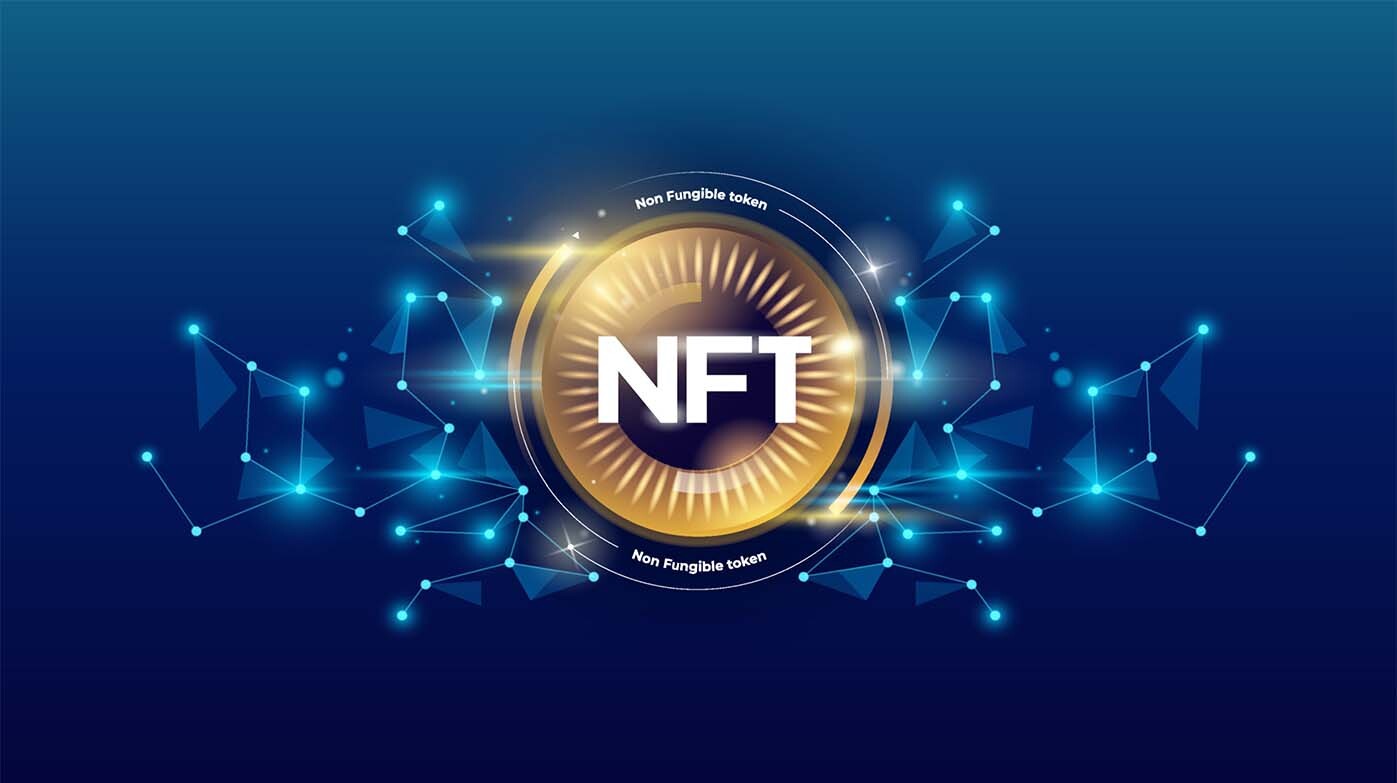NFTs: Strategies to Reduce Speculation

NFTs: From Speculation to Utility
A lot of the current talk about NFTs is about collectability rather than their usability, or functionality. What can you really DO with non-fungible tokens that make them valuable aside from purchasing something like a “Bored ape” and becoming a member of the “Bored Ape Yacht Club?”
Currently, many NFT projects are designed for value accrual which encourages holders to engage in speculative behavior rather than building the network. Tony Shen, in his article, Do Not Design for Speculators, (July 2018, read Feb. 22, 2022) discusses how to reduce the influence of speculation on NFTs by introducing a tax similar to a property tax that punishes land speculators and is intended to get the land into the hands of someone that values it more because they want to make a productive asset, like homes, or commercial property. In the NFT realm, Harberger taxes have been proposed as a way to force speculators to sell to investors to ensure the NFT is more productively utilized (Harberger Taxes on Ethereum, Nov. 2018, read Feb.23, 2022). Simon de la Rouviere in his article in Medium, July 15, 2018, says:
“Harberger Tax is an economic policy that aims to strike a balance between pure private ownership & total commons ownership in order to increase general welfare of society. It helps ensure that property is more productively utilised by the society, resulting in an increase of overall economic productivity and general welfare of society. It keeps the power of the market, whilst reducing the inefficiencies in how property is currently allocated. At a relative cost to efficiency in investment returns, it reduces the prevalence of monopolies that exclude society from an asset’s wealth generating capabilities.”
These ideas are based on the work of Eric Posner and Glen Wey in their paper “Property is Only Another Name for Monopoly.” and in their book “Radical Markets.”
So, it works by introducing two concepts to how property ownership works:
- Citizens value their own property and pay tax on that value. A self-assessed tax.
- At any point in time, anyone else can buy the property from you at that price, forcing a sale.
Investment efficiency is classified as the ability of an owner to invest in their property to increase its value. Because anyone can force a sale, under a Harberger tax model, it is less likely that someone would invest in their assets.
Allocative efficiency (in this context) is classified as the point where property is distributed to the extent that it is in the most productive hands. Deadweight loss is a net economic inefficiency in society that results from the misallocation of resources (like setting prices too high or too low). (Medium, July 15, 2018)
Vectors by Vecteezy
Harberger Tax and Web3
In the context of web3 and blockchain, some of the features of real property - such as having mass and a physical location, do not apply. Nevertheless, some features from the Harberger tax are very useful in the web3 space, particularly by providing a less-speculative method of assessing value, and by providing a mechanism for forcing a sale.
For example, with a smart contract, a system can:
(1) register NFTs
(2) allow anyone to force a sale of an NFT without permission from the previous owner.
We can use some features of the Harberger tax and what we have discussed to design an alternative mechanism to fund and price open-source projects and other similar work (dorafactory.medium.com,
April 17, 2021).
Web3 Projects Utilizing Harberger Tax Concepts
Rare Patrons offers a radical market approach for fans to participate in supporting their favorite artists. The proposed mechanism:
"Every musician has a single patron seat.
- Anyone can buy the patron seat (to become the singular patron & gain the privilege of being the patron).
- Upon buying it they have to self-assess the value of this seat (being the patron).
- During the tenure of being a patron, this patron has to pay a percentage fee (say 5%) of the self-assessed seat value per year as their patronage to the musician.
- At any point in time, someone else can buy this patron seat at this self-assessed value, changing ownership.
- Upon being “dethroned” as the rare patron for a specific musician, that patron earns a collectible “Post-Patron” badge, signifying that they were a patron at a certain point in history. They just join the “Patrons Club”.
- They can choose to sell this collectible if they no longer want it."
Common Calendar
The Common Calendar was inspired by the ideas in the aforementioned Radical Markets book. The creators intend it as an experiment in Partial Common Ownership. Every day is always on sale for a set price by the owner after the initial auction. To ensure the owner doesn’t set an exceedingly high price, the owner pays a tax on the price they choose. The Calendar consists of 366 NFTs, one for each day of the Gregorian Calendar from January 1st to December 31. The owner is entitled to give the day a name of their choosing.
The creators of the Common Calendar believe that assigning significance to dates originates deep in human history in terms of synchronizing humanity's attention to specific rituals, events, and/or people. In addition, the creators believe the naming of days is a great candidate for Partial Common Ownership because groups can own and memorialize days together, but allows a group with a different name preference to change the name by forcibly buying the day.
HA Ads is an ad marketplace powered by the Harberger taxes ownership model. When the owner of a website has ad space for sale they post it with an initial price. While an advertiser owns the space they pay taxes to the site owner. The current owner of the ad space chooses the current price and pays taxes based on that price. Anyone that wishes to acquire the ad space can force a sale at that price, take over ownership and start paying the taxes.
Eden is a transaction network that protects traders from frontrunning (frontrunning occurs when miners are able to access information about pending transactions to take advantage of trades by buying/selling in front of the original owners) and malicious bots on the Ethereum blockchain.
“Eden Network’s transaction ordering protocol for Ethereum allows free markets to dictate ownership of blockspace over a continuous time period. The network uses a private relayer to allow users, applications, and bots to guarantee placement and protection from arbitrary reordering of transactions. The coordination unit of the network, EDEN token, doubles as a tokenization of future blockspace demand. This effectively providers synthetic exposure to MEV that any network participant can get access to. The mechanisms core to the network are designed to serve the long term interests of applications, users and block producers, and increase the utility of the Ethereum network as a whole.”
Edennetwork.io. Whitepaper, July 2021
This Artwork is Always on Sale
These NFT digital artworks were created as a means to explore digital art with novel property rights associated with it. Using the Ethereum blockchain, it is possible to introduce scarcity of ownership alongside novel economic and property rights. Inspired by Radical Markets, this artwork follows a modified Harberger Tax (COST) property ownership where the tax on the property (patronage) is collected only by the artist in the form of perpetual royalty (thisartworkisalwaysonsale.com, March 19, 2019).
The projects described above have used the idea of the Harberger Tax in interesting ways and are inspiring in their creativity. Some argue that using a system that was developed for real-world applications in real estate and perhaps shouldn’t be charging patronage but rather a tax for example, on profits each time a digital piece of art is sold. So a person who collects digital art doesn’t have to be continually taxed for owning a particular piece of art but will be taxed upon its sale and perhaps the artist can be allocated a certain percentage of those capital gains taxes on each resale (ethresear.ch. May 2021, read Feb. 22, 2022)? Additionally, some think the idea of paying property tax on a digital asset doesn’t make any sense (crypto.writer.io, May 2021, read Feb. 22, 2022). But, what can’t be denied is that there are real-world applications for NFTs that can generate wealth and be useful and socially responsible.
If you have an idea that may involve the use of NFTs in its execution, please consider reaching out to us at The SilverLogic (TSL) to discuss your idea in detail and to see how we can help make your idea happen.
About The SilverLogic
An agile software development company, The SilverLogic leverages user-centered design and development strategies to transform clients' vision into working products and reduced operating costs. From the discovery phase to long-term maintenance, we work collaboratively with clients from start to finish so users, staff, and/or customers get the experience they need to deliver the results your business deserves. Leveraging double-loop learning, we help our clients grow and succeed in complex and changing environments
